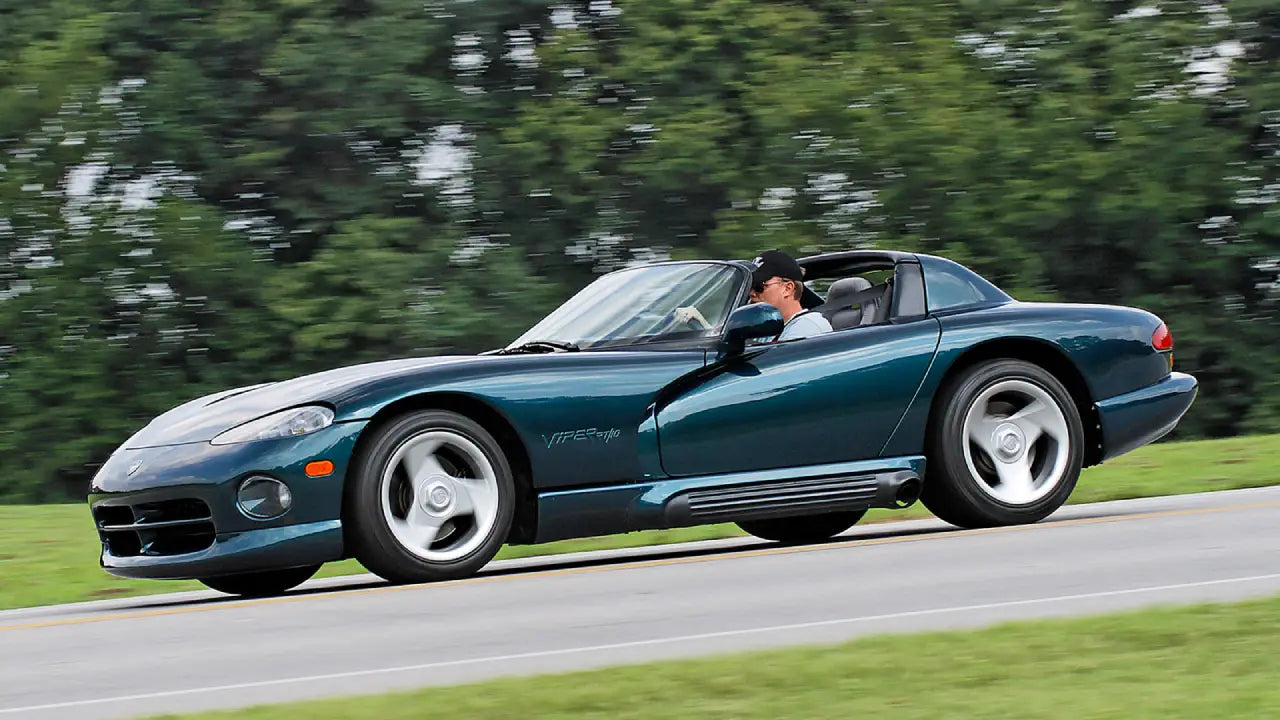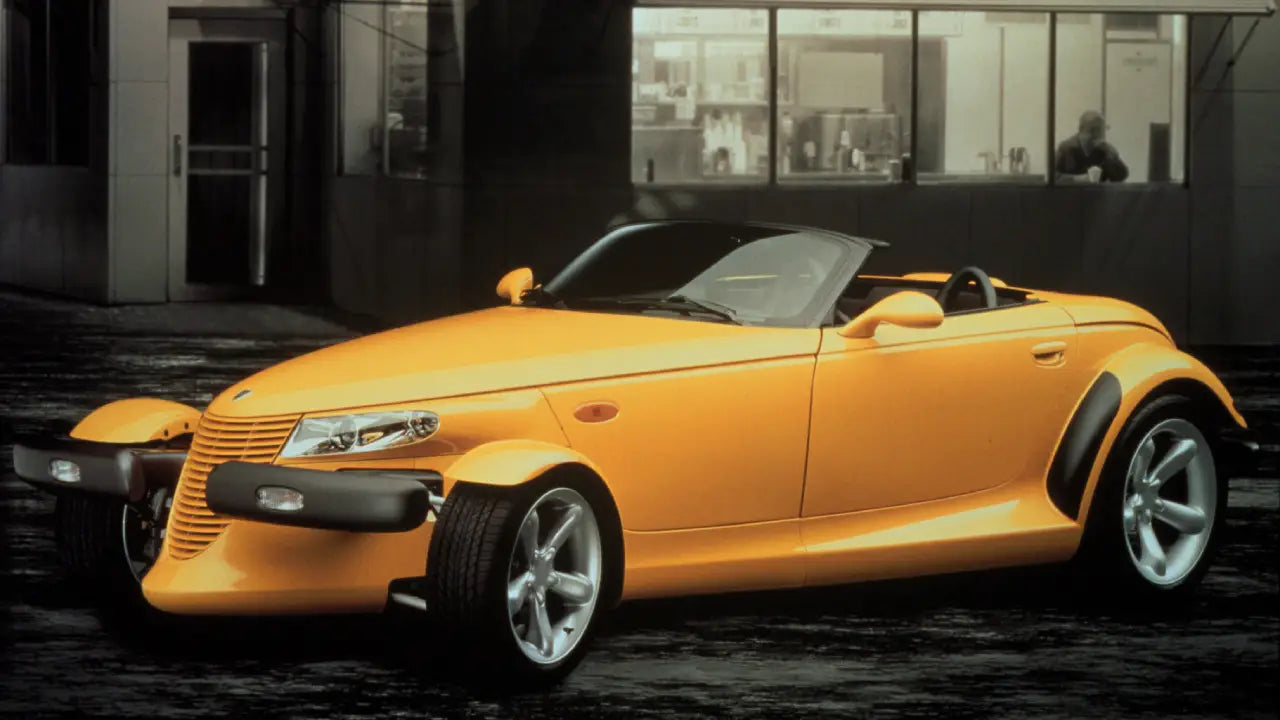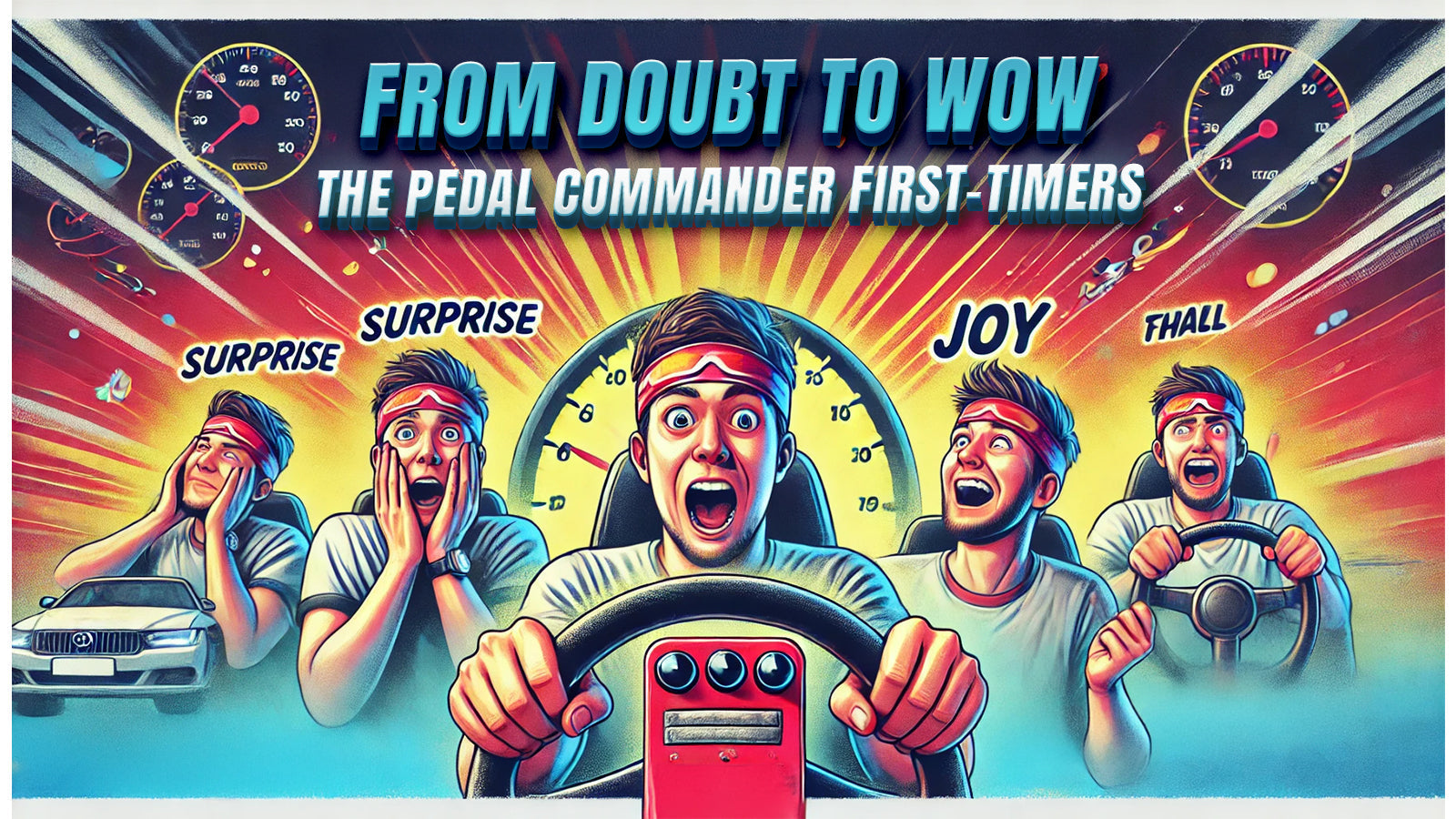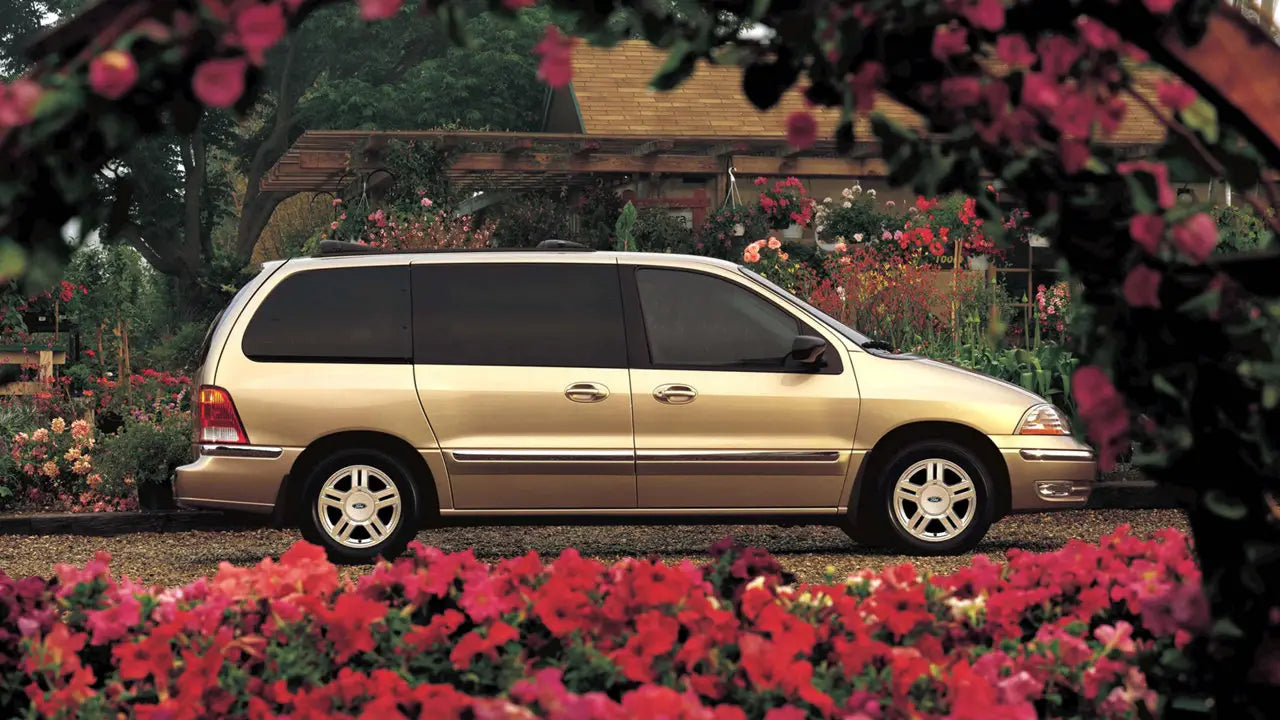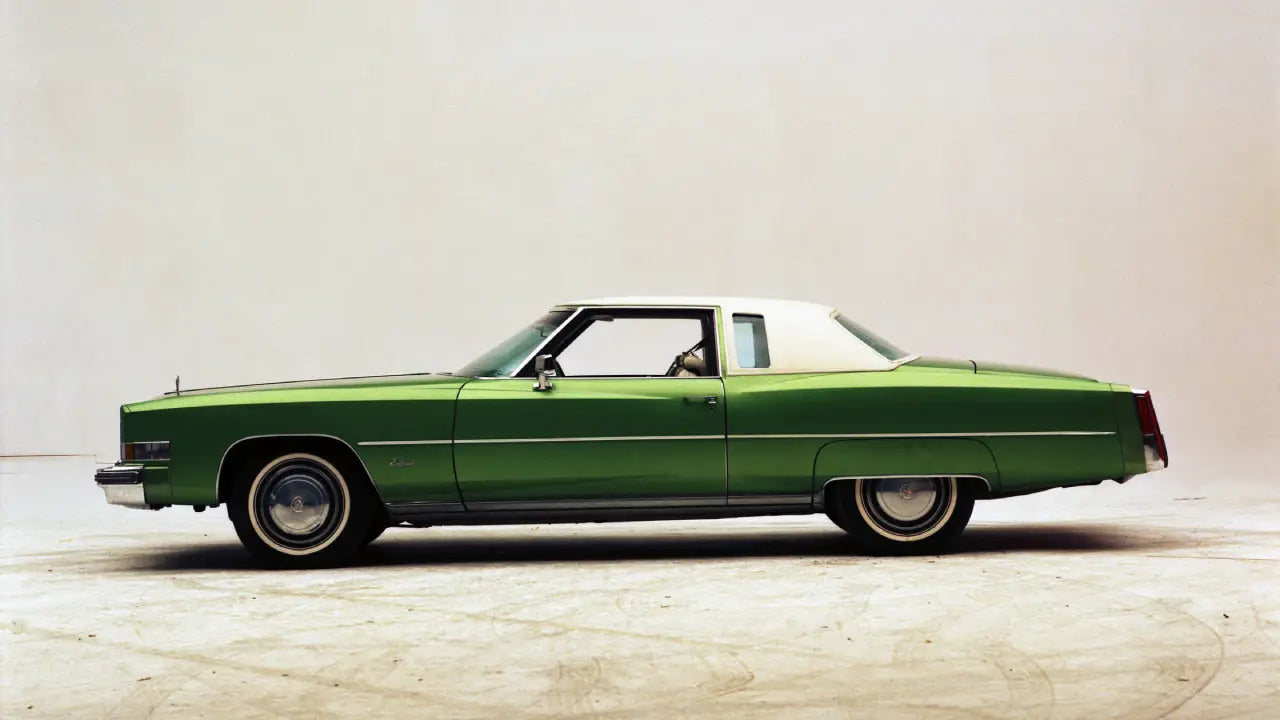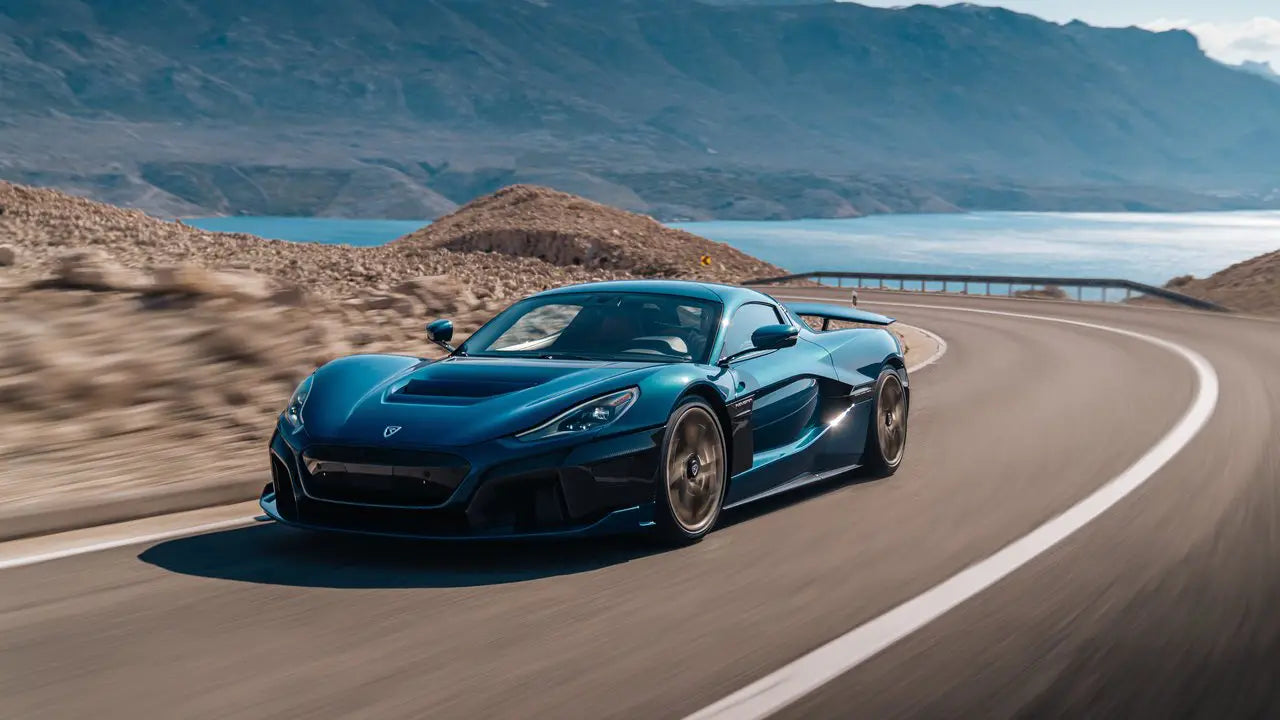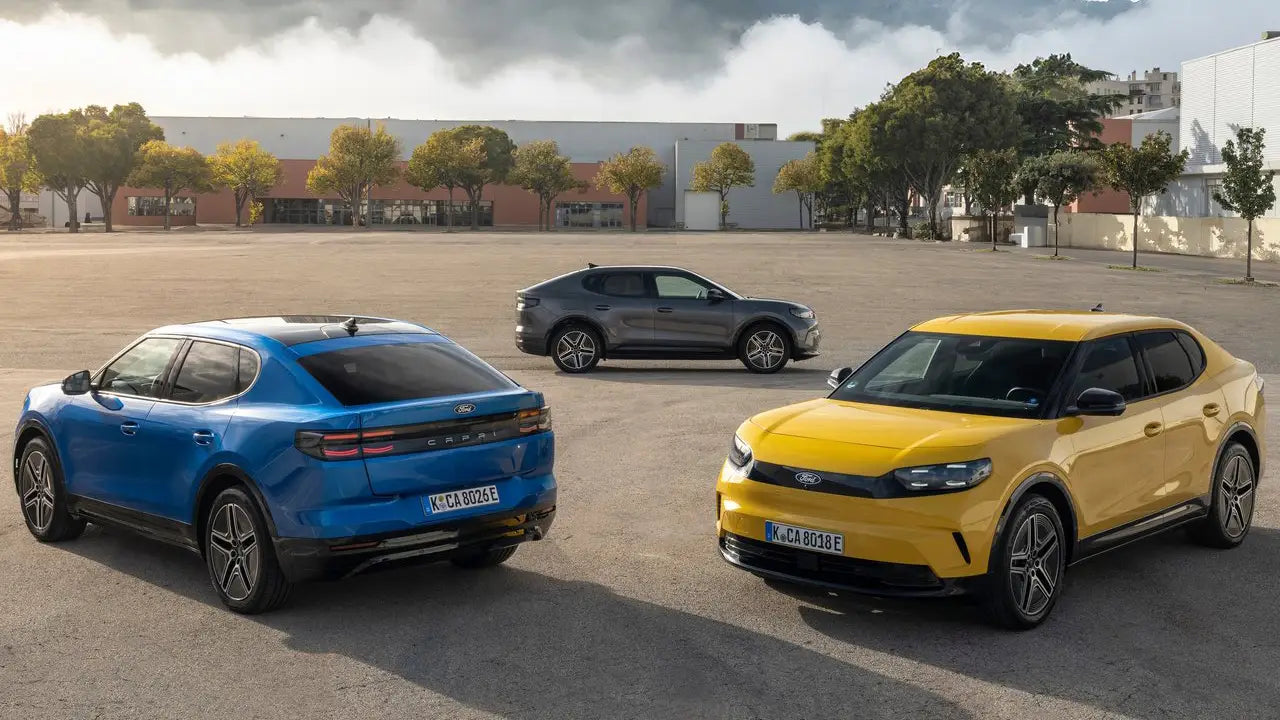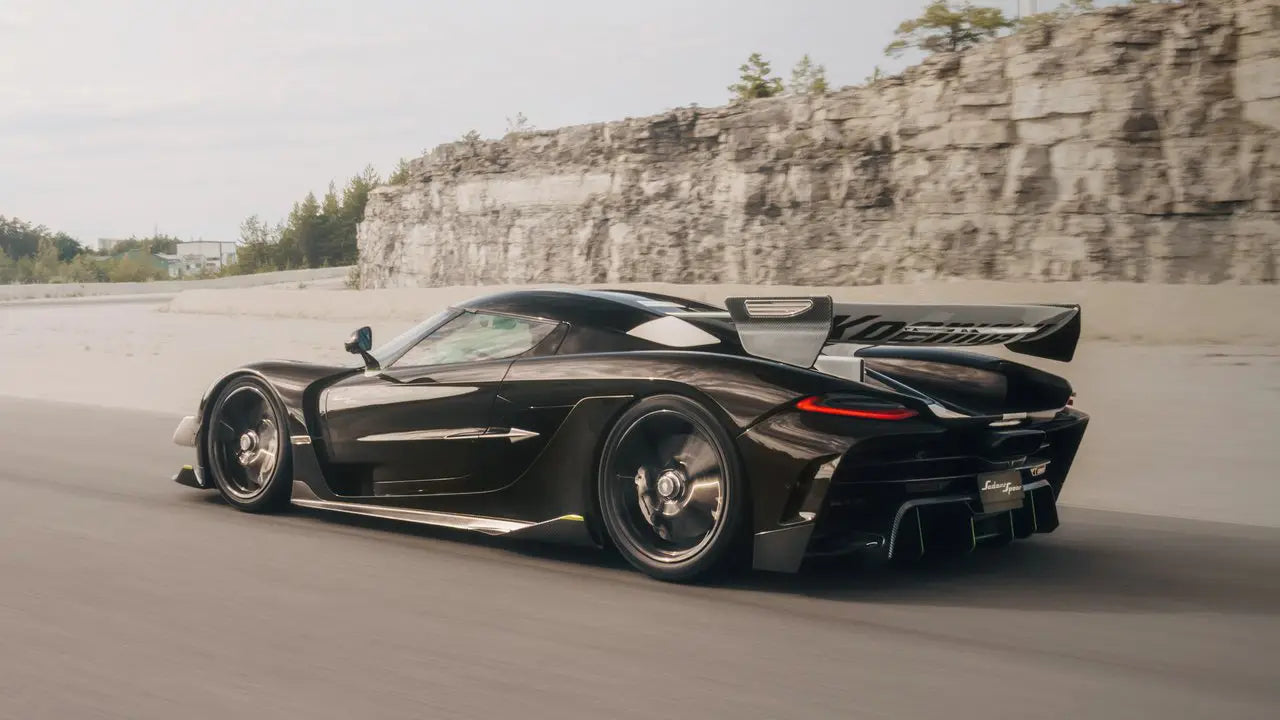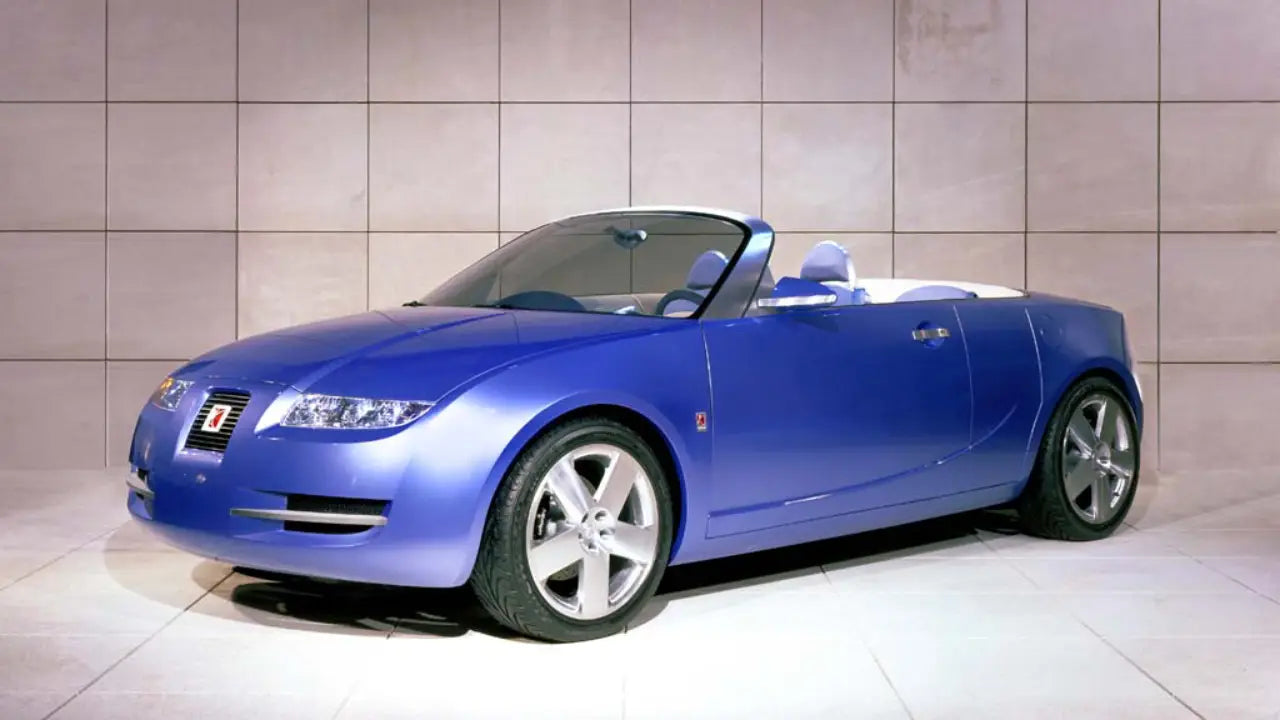In an era where supercars are increasingly refined, sanitized, and automated, there used to be a rare breed that refused to conform. These machines didn’t whisper; they roared. They didn’t coddle; they challenged. They were the untamed beasts of the automotive world—raw, unforgiving, and unapologetically analog. If you're seeking a driving experience that demands respect and rewards mastery, these are the supercars that will keep you on the edge—if you have the deep pockets to get one from an auction.
Porsche Carrera GT (2004-2007)
Underneath the Carrera GT’s sleek design beats the heart of a Le Mans prototype. Powered by a 5.7-liter V10 pushing 612 horsepower, it screams to 8,400 rpm with zero tolerance for mistakes. There’s no traction control, no stability net—just a twitchy carbon clutch and an engine that demands perfection. Misjudge a corner or a downshift, and this Porsche won’t hesitate to punish you. It’s a surgical instrument with a dagger’s edge.

Pagani Zonda (1999–2017)
Built in small numbers with obsessive craftsmanship, the Zonda’s AMG-derived 7.3-liter V12 delivers over 750 horsepower in later variants like the Zonda R. Every inch of the car is designed for drama—screaming induction noise, lightning-quick throttle response, and a spine-jarring ride. It’s not meant to be manageable. It’s meant to be memorable—and borderline terrifying at full tilt.

Dodge Viper RT/10 (1992–1995)
America’s raw muscle comes in the form of the first-generation Dodge Viper RT/10. The original Viper came with an 8.0-liter V10 that made 400 horsepower and enough torque to move a small mountain. It had no ABS. No traction control. It barely had windows. Driving one is like holding onto a charging bull with a steering wheel. It’ll light up the rear tires in second gear like it’s nothing, and if you aren’t paying attention, it’ll put you into a wall just to teach you a lesson.

Koenigsegg CCX (2006–2010)
The CCX’s 4.7-liter twin-supercharged V8 cranked out 806 horsepower, and early models lacked proper aerodynamic balance. The result? A lightweight missile that could hit 245 mph but wouldn’t necessarily stay glued to the pavement. One famously slid off Top Gear’s test track mid-lap. This was Swedish brilliance with a healthy dose of unpredictability—a genius with a short fuse.

Lamborghini Countach (1974–1990)
With its scissor doors, flat planes, and wedge shape, the Countach defined supercar style—but driving one was a totally different story. Later LP5000 QV models packed a 5.2-liter V12 with 455 horsepower and an infamously heavy clutch. Rear visibility? Nonexistent. Handling? Brutal. Parking one often meant opening the door and sitting on the sill. It was wild, dramatic, and borderline impossible to tame. That was the point.

Ferrari F40 (1987–1992)
The F40 was Ferrari’s no-compromise celebration of its 40th birthday. Under its lightweight body sat a twin-turbocharged 2.9-liter V8 producing 471 horsepower. But that number barely hints at its personality. It had turbo lag like a slap to the face, no driver aids, and razor-sharp throttle response. You weren’t just driving it—you were hanging on for dear life. Every twitch was a reminder that this car didn’t care if you were scared.

McLaren F1 (1992–1998)
Powered by a 6.1-liter BMW V12 that made 618 horsepower, the F1 wasn’t just fast—it was the fastest. With a top speed of 240.1 mph, it broke records without ever relying on traction control or stability systems. Weighing just over 2500 lbs and boasting a central driving position, the F1 required precise, skillful driving. It was balanced but completely unforgiving. It expected the best of you—and made you painfully aware when you weren’t delivering.

Jaguar XJR-15 (1991–1992)
Only 53 XJR-15s were ever made, and each one felt like an unfinished race car. Based on Jaguar’s Le Mans-winning chassis, it packed a 6.0-liter V12 making 450 horsepower into a barely street-legal frame. The suspension was stiff, the cabin was claustrophobic, and the gearbox required brute force. It wasn’t meant to be driven on the street—it simply tolerated it while sneering at your incompetence.


